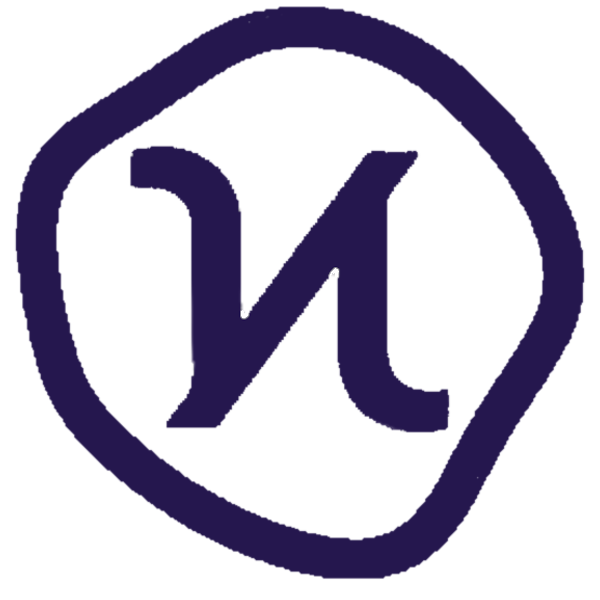Progressive decentralization (part 2)
Once you have your game's currency on blockchain as a fungible token and your items on-chain as NFTs, you have a choice to make. Who mints the tokens?
Owner mints and transfers
This is the first level. Here, only you (the owner) gets to create new money and items inside your game. To do this, your smart contracts are restricted so you're the only one who can use these features. Once these tokens are minted, you transfer them to the players.
This is a lot like having a normal game server. Your game is the only client and players have to go through you to get their rewards. Once they have game assets in their wallet, they have complete freedom to sell them, loan them to other players, or do whatever fancy blockchain shenanigans they want.
Player mints
To pull this off, you move more of your game logic into smart contracts. Your players still go through your game to earn rewards, but they don't have to. Let's say you had a 1-on-1 game where players were matched up and the winner earned 100 coins. Initiating the match and declaring the winner would be handled in your smart contract and the 100 tokens would be minted for the winner.
This additional level of decentralization makes it so anyone could build their own game client, website, app, etc. to call the contract, so you're no longer restricting players to only play your game to earn your game assets. You need to be intentional with designing your contracts here so people can't just go crazy and create whatever tokens they want.
This introduces additional complexity with verifying games are legitimate and players aren't hacking. Tomorrow, I'll get into more detail on that.
-Luke
P.S. The freedom to create different interfaces on top of your game logic has a lot of potential for your business. Players might choose a different client, but you'll still be able to make profit from engagement with your game universe. You're building something bigger than just your game.
